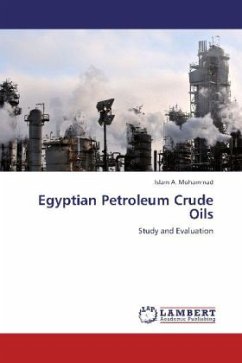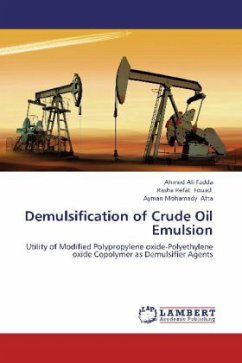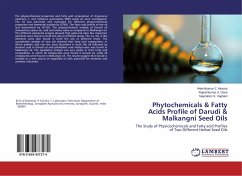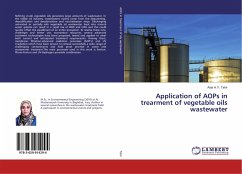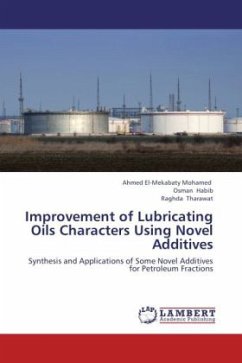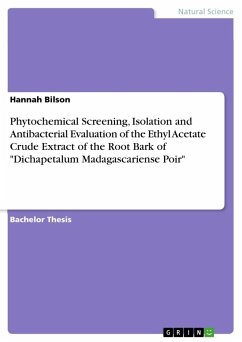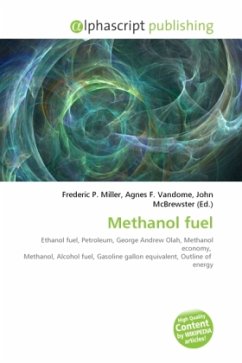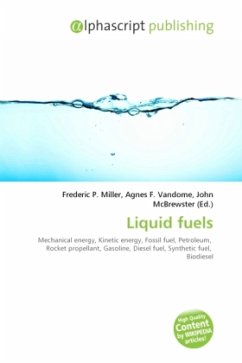Petroleum is an extremely complex mixture of hydrocarbon compounds with minor amounts of nitrogen-, oxygen-, and sulfur-containing compounds as well as trace amounts of metal-containing compounds. Four Egyptian crude oils were collected from four oil fields namely; Shokeir-22, West Ashrafi, Hana-3 and Arta-4 from the province of Gulf of Suez were characterized through petroleum measurements and chromatographic analysis. The physicochemical properties of the studied crude oils were achieved using standard test methods (ASTM, UOP and/or IP). The poly aromatic fractions of the four oil samples were analyzed via high performance liquid chromatography (HPLC). The paraffinic fraction of West Ashrafi crude oil is subjected to Gas chromatography-Flame ionization detector (GC-FID) to determine the carbon distribution of normal and branched paraffinic hydrocarbons and physicochemical properties to study the source and composition of crude oil then it subjected to Gas chromatography-Mass spectrometry (GC-MS) to determine the biological marker compounds (steranes and hopanes) to characterize the type of organo-facies, oil classes, depositional environments and the degree of thermal maturity.
Bitte wählen Sie Ihr Anliegen aus.
Rechnungen
Retourenschein anfordern
Bestellstatus
Storno

